A poster to display in the classroom explaining how the powers of Parliament are separated between the Judiciary, Executive Government, and Parliament.
What Is the Separation of Powers in Australia?
The governance of our country is a tricky concept to understand! Even adults can find all the subtleties of our three levels of Australian government confusing… no wonder our students find it all so complicated!
This infographic poster has been designed to explain how the separation of powers works in Australia in child-friendly language. It describes how the power to make and manage federal law in Australia is distributed between three branches – the Parliament (also known as the legislative), the Executive, and the Judiciary.
- The Parliament (made up of the Governor-General, the Senate and the House of Representatives) makes and amends the law.
- The Executive (made up of the Governor-General, the Prime Minister and other ministers) puts the law into action.
- The Judiciary (made up of the High Court of Australia and other federal courts) makes judgements about the law.
This clear visual learning tool will have your students explaining how federal law works to the nearest adult in no time!
How to Make the Most of This Separation of Powers Poster
We’ve also come up with bonus ways to turn posters into interactive tools that really make your lessons stick!
📝 Create a fill-in-the-blank worksheet by removing selections of text.
📂 Place copies in students’ homework folders for reference.
💻 Provide posters as digital resources for virtual students.
🧠 Test students’ memories by showing them the poster, then hiding it and having them tell you what they remember.
✅ Incorporate posters into your lesson wrap-up by having students write on a sticky note what they learned from the lesson and place it on the poster.
Before You Download
This resource downloads as a colour PDF. Use the Download button to access.
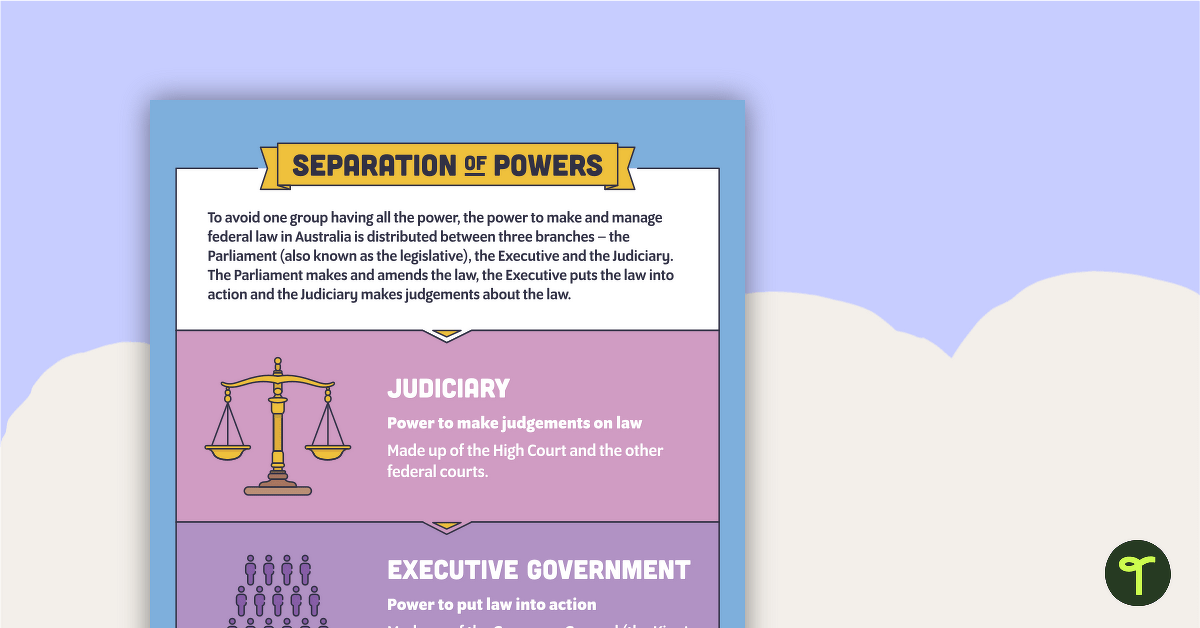

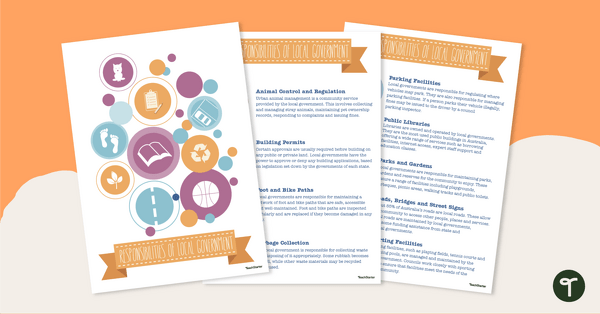
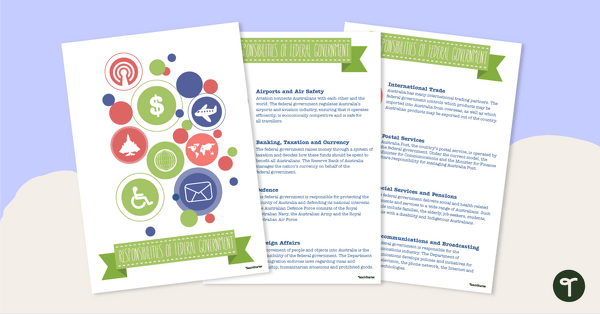
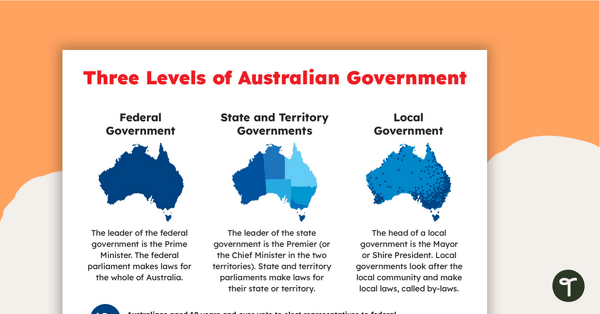

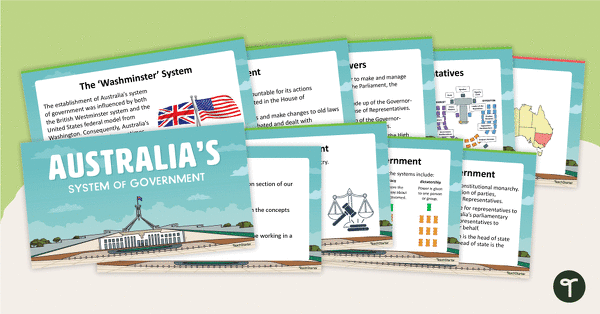
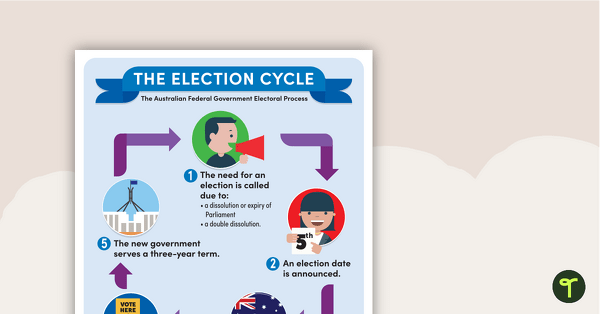
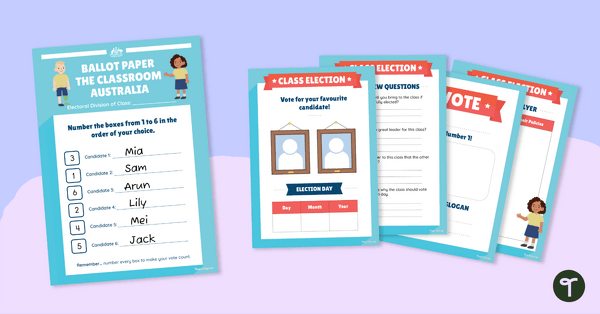
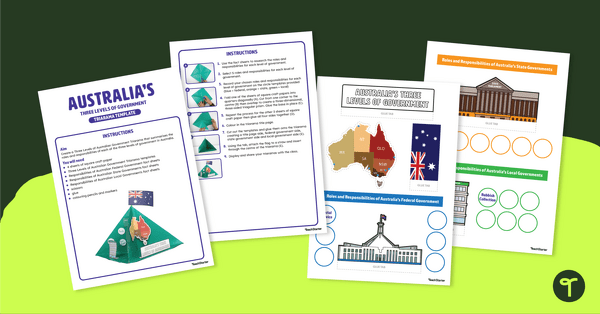
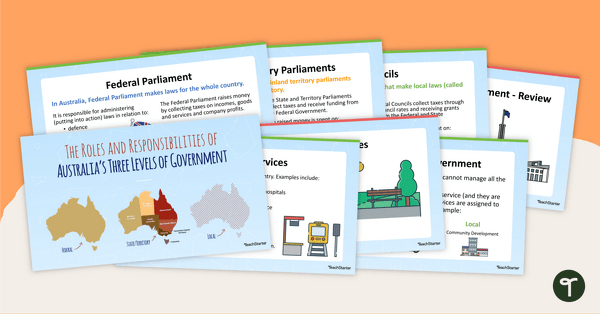
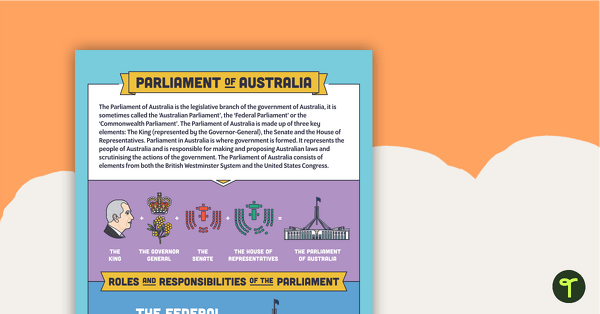
0 Comments
Write a review to help other teachers and parents like yourself. If you'd like to request a change to this resource, or report an error, select the corresponding tab above.